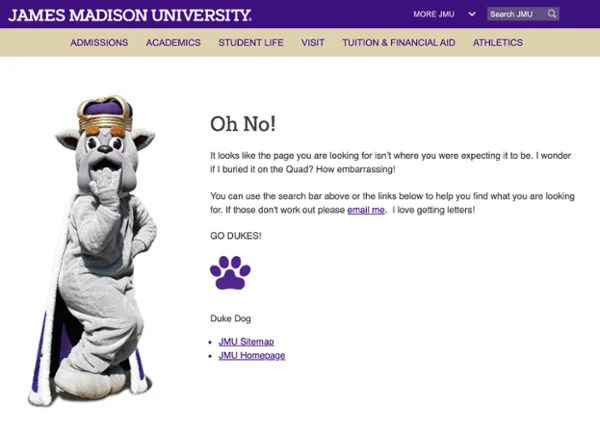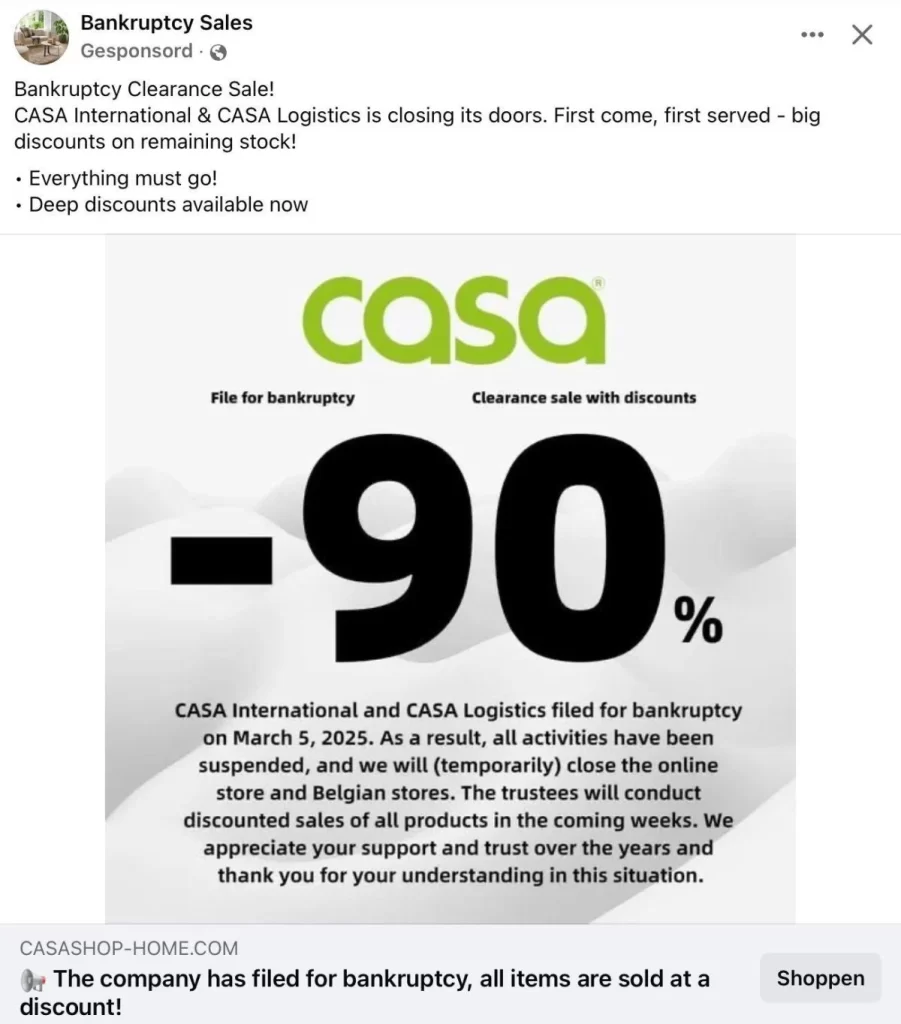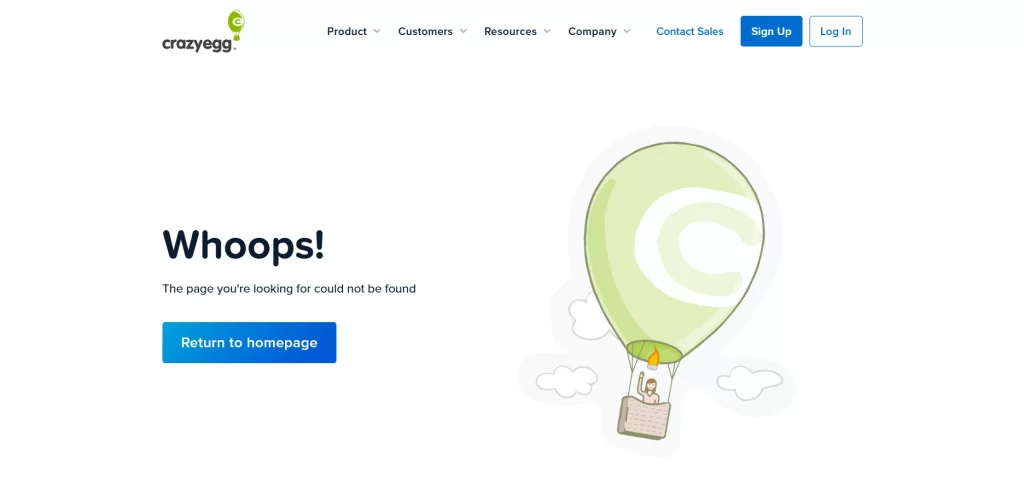Choosing the right overseas university is one of the biggest decisions you’ll ever make. It’s not just about the name—it’s about quality, safety, credibility, and long-term value. Unfortunately, many students fall into red flags due to slick marketing or misinformation.
Here’s a student-friendly guide to 10 major red flags that you must watch out for before applying or enrolling in any international university.
1. Lack of Proper Accreditation

If a university is not recognized by a national or regional education authority, it’s a serious risk.
Warning Signs:
- It’s not listed on government websites or trusted directories.
- Offers “degrees by mail” or “fast-track diplomas.”
- Avoids answering questions about affiliations.
How to Verify:
- Visit the official government portal of the destination country.
- Use databases like WES, CHEA, or NAFSA.
🔗How to Check If a Foreign University is Legit
2. Weak or Non-Existent Online Presence

A serious institution should have:
- A professional, regularly updated website.
- Verified Google listing and active social media.
- Student reviews or videos on YouTube, Reddit, or Trustpilot.
🧠 Red flag: No contact email, broken pages, or generic stock images.
3. Vague or Outdated Course Descriptions

Top-tier universities provide:
- Clear curriculum plans, semester-wise breakdown, and learning outcomes.
- Names and qualifications of faculty.
- Accreditation of specific programs.
❗ If course info is too short or missing, it could indicate that it is a red flag.
🔗 How to Read Between the Lines of a University Curriculum
4. Tuition Fees Too Low (or Too High) Without Explanation

Unusual pricing often means:
- No infrastructure or faculty.
- Hidden costs later.
- Ineligible for post-study work or student visa.
💡 Compare fees with other top universities in that country.
🔗 How Much Does It Really Cost to Study Abroad?
5. Aggressive, Unregistered Education Agents

Genuine agents:
- Are registered with national bodies (e.g., QEAC in Australia).
- Provide transparent details about universities.
- Don’t offer “guaranteed visas” or fake scholarships.
🚩 If someone asks for an advance fee before even applying—RUN.
🔗 How to Identify a Reliable Study Abroad Consultant
6. University Not Ranked or Listed on Any Global Platform

While rankings aren’t everything, a total absence from trusted platforms is a red flag.
Check:
- QS World Rankings
- Times Higher Education
- U.S. News & World Report
- Country-specific bodies (e.g., UGC, TEQSA, UKRI)
🔗 Top University Rankings Explained for Students
7. No Career Support or Alumni Network
Quality universities offer:
- Career counselling & resume workshops.
- Job placement or internship partnerships.
- Strong alumni network on LinkedIn.
❗ Red flag: University can’t share graduate success stories or employment rates.
🔗How to Judge a University’s Job Support System
8. Unsafe Location or Poor Campus Facilities

Use Google Maps and forums like The Student Room, Reddit, or Quora to check:
- Campus location
- Safety ratings
- Student testimonials
🎯 Visit in person or attend virtual tours if possible.
🔗 Safety Checklist for International Students
9. No Real Alumni Profiles or Reviews

A legitimate university should showcase:
- Alumni achievements
- Their companies or positions
- Testimonials with LinkedIn profiles
⚠️ Fake testimonials with no real identities are a big no.
🔗 How to Use LinkedIn to Research a University
10. Involvement in Legal Issues or Blacklists

Always Google:
- “University Name + scam / fraud”
- “University Name + blacklist”
- Check embassy and immigration websites
🔍 If it’s been blacklisted in the past—it surely is one of the red flags.
🔗 Avoiding Fake Universities: What the News Doesn’t Tell You
Final Words
The right university can shape your future. The wrong one can ruin it. Use this guide as a trusted reference while exploring options, and don’t hesitate to seek professional help if needed



